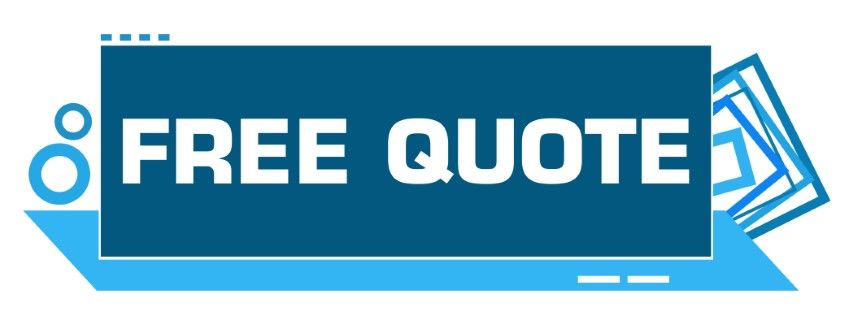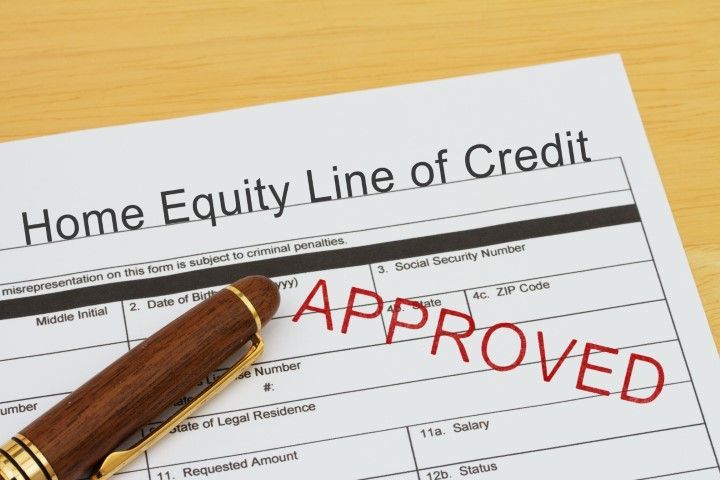CALL US NOW: (555) 555-5555
Home Equity Line of Credit (HELOC)
in Tucson AZ
Escape the Debt Trap: Consolidate and Reclaim Your Financial Peace!
Take the first step towards financial freedom →
Tucson Debt Consolidation
A Home Equity Line of Credit (HELOC) is a revolving credit line secured by the equity you have in your home. It allows you to borrow money against the value of your property, which you can access as needed. Unlike a traditional loan with a fixed amount and repayment term, a HELOC offers flexibility in borrowing and repayment, making it a versatile financial tool for homeowners.
Eligibility Requirements
To qualify for a HELOC, you generally need to meet certain criteria. These typically include having sufficient equity in your home, a good credit score, and a stable income. Lenders will assess your home’s value, your outstanding mortgage balance, and your overall financial health to determine your eligibility.
Choosing a Lender
Selecting the right lender for your HELOC is crucial. Look for lenders who offer competitive interest rates, favorable terms, and flexible repayment options. Compare fees, such as annual fees or closing costs, and review customer service ratings. It's also beneficial to consult with a financial advisor to find a lender that aligns with your financial goals.
Budgeting and Planning
Before taking out a HELOC, careful budgeting and planning are essential. Determine how much you need to borrow and how it will fit into your overall financial plan. Consider your ability to make monthly payments and how using the HELOC will impact your long-term financial health. Proper planning ensures that you use the credit line wisely and avoid unnecessary debt.
Avoiding Common Pitfalls
HELOCs come with their own set of potential pitfalls. Be cautious of borrowing more than you can comfortably repay, and be aware of interest rate fluctuations. Also, avoid using the HELOC for non-essential expenses, as this can lead to financial strain. Staying within your budget and making timely payments can help you avoid common issues.

We will get back to you as soon as possible.
Please try again later.
Regularly Reviewing Your HELOC
It’s important to regularly review your HELOC to ensure it continues to meet your needs. Monitor your balance, interest rates, and repayment progress. If your financial situation changes or if better terms become available, consider adjusting your HELOC or refinancing. Regular reviews help you stay on top of your financial commitments and make informed decisions.
How Does a HELOC Work?
A HELOC functions similarly to a credit card in that you can borrow up to a certain limit and repay the balance over time. You draw from the line of credit as needed, and interest is only charged on the amount you borrow. Typically, HELOCs have an initial draw period, during which you can borrow and make interest-only payments, followed by a repayment period with principal and interest payments.
If you're interested in exploring how a
Home Equity Line of Credit in Tucson, AZ can benefit you, contact us today. Our team is here to provide personalized guidance and help you navigate the application process. Let us assist you in leveraging your home’s equity to achieve your financial goals.
The Upsides of Having a HELOC
A Home Equity Line of Credit (HELOC) offers several advantages for homeowners seeking financial flexibility. This type of credit allows you to borrow against the equity in your home, providing a revolving line of credit similar to a credit card. Here’s a closer look at the key benefits:
Flexible Access to Funds
A HELOC provides access to a line of credit that you can draw from as needed. This flexibility is particularly useful for managing ongoing expenses or unexpected costs. Whether you’re funding home improvements, covering educational expenses, or consolidating debt, a HELOC allows you to withdraw money up to your credit limit, repaying it over time.
Lower Interest Rates
Compared to credit cards and personal loans, HELOCs often come with lower interest rates. This can result in significant savings, especially if you carry a balance over time. The lower interest rates make a HELOC a cost-effective option for larger expenses or debt consolidation.
Tax Benefits
Interest payments on a HELOC may be tax-deductible, depending on how the funds are used and your tax situation. For instance, if the money is used for home improvements that add value to your property, you might be able to deduct the interest. It’s always a good idea to consult with a tax advisor to understand the potential tax advantages.
Improve Your Home
Using a HELOC for home improvement projects can be a smart financial move. Upgrading your home can increase its value, and the interest on the HELOC might be tax-deductible if the improvements qualify. This dual benefit makes a HELOC a practical choice for funding renovations or repairs.
Emergency Funds
Having a HELOC as a financial safety net can provide peace of mind. If you face an unexpected financial emergency, such as medical expenses or major repairs, you can access the funds quickly without the need for a lengthy approval process. This can help you manage emergencies more effectively without derailing your financial stability.
Reusable Credit
A HELOC operates as a revolving line of credit, meaning you can borrow, repay, and borrow again within the draw period. This reusable feature allows you to use the funds multiple times, providing ongoing financial support when needed. It’s a convenient way to manage cash flow and address various financial needs over time.

In summary, a HELOC offers flexibility, lower interest rates, potential tax benefits, and a useful way to finance home improvements or emergencies. By understanding these benefits, homeowners can make informed decisions about leveraging their home equity effectively.
Alternative Financing to HELOC
When seeking to finance home improvements, consolidate debt, or cover unexpected expenses, a Home Equity Line of Credit (HELOC) is a popular option. However, there are several viable alternatives to HELOCs that may better suit your needs depending on your financial situation and goals. Here’s a look at some of these alternatives:
Home Equity Loan
A Home Equity Loan, often referred to as a second mortgage, allows homeowners to borrow a lump sum of money against the equity in their home. Unlike a HELOC, which provides a revolving line of credit, a Home Equity Loan offers a fixed interest rate and a fixed repayment term. This makes it a suitable choice for those who prefer predictable monthly payments and a one-time loan amount. It’s particularly useful for financing large expenses, such as home renovations or debt consolidation.
Cash-Out Refinance
A Cash-Out Refinance involves replacing your existing mortgage with a new one that has a higher balance. You receive the difference between the old mortgage and the new one as cash. This option can be advantageous if you can secure a lower interest rate on the new mortgage or need a substantial amount of cash for a major purchase. It combines refinancing with accessing home equity, potentially offering a lower interest rate compared to other forms of borrowing.
Personal Loans
Personal loans are unsecured loans offered by banks, credit unions, and online lenders. They do not require collateral, which means you don’t have to use your home as security. Personal loans typically come with fixed interest rates and repayment terms. They can be a good alternative if you need quick access to cash without putting your home at risk. However, interest rates on personal loans are often higher than those on secured loans like HELOCs.
Credit Cards
For smaller, short-term expenses, using a credit card might be a practical solution. Many credit cards offer promotional 0% APR on balance transfers or purchases for a set period. This can be an effective way to manage short-term financial needs without paying interest. However, it's essential to pay off the balance before the promotional period ends to avoid high interest rates.
Government Programs and Grants
Depending on your circumstances, you might be eligible for government programs or grants that can provide financial assistance. Programs like the Federal Housing Administration (FHA) or local home improvement grants can offer support for specific projects or needs. These options often come with specific eligibility requirements and may require detailed applications or proof of need.
Peer-to-Peer Lending
Peer-to-peer (P2P) lending platforms connect borrowers with individual investors who are willing to fund loans. These platforms often provide competitive interest rates and flexible loan terms. P2P lending can be a viable option if you have a good credit score and seek an alternative to traditional bank loans. It’s important to compare different platforms and understand the fees and terms associated with each loan offer.
Retirement Account Loans
If you have a retirement account, such as a 401(k), you might be able to borrow against it. Retirement account loans typically offer lower interest rates compared to unsecured loans. However, borrowing from your retirement account can impact your long-term savings and may come with penalties if not repaid within a specified time frame. It’s crucial to consider the potential impact on your retirement plans before choosing this option.

Exploring alternatives to a HELOC can provide flexibility and help you find a financing solution that aligns with your needs. Whether you opt for a Home Equity Loan, a Cash-Out Refinance, or another option, each has its own benefits and considerations. Evaluate your financial situation, the purpose of the loan, and your repayment capabilities to choose the best alternative for your circumstances.
LET'S CONNECT!
Our goal is to help you manage and reduce your debt more effectively. By consolidating multiple debts into a single loan, we simplify your payments and potentially lower your interest rates. Our experienced team works closely with you to understand your unique financial situation and tailor a consolidation plan that meets your needs. Whether you are dealing with credit card debt, personal loans, or other financial obligations, we are here to provide support and solutions. Contact us today to learn more about how we can assist you.